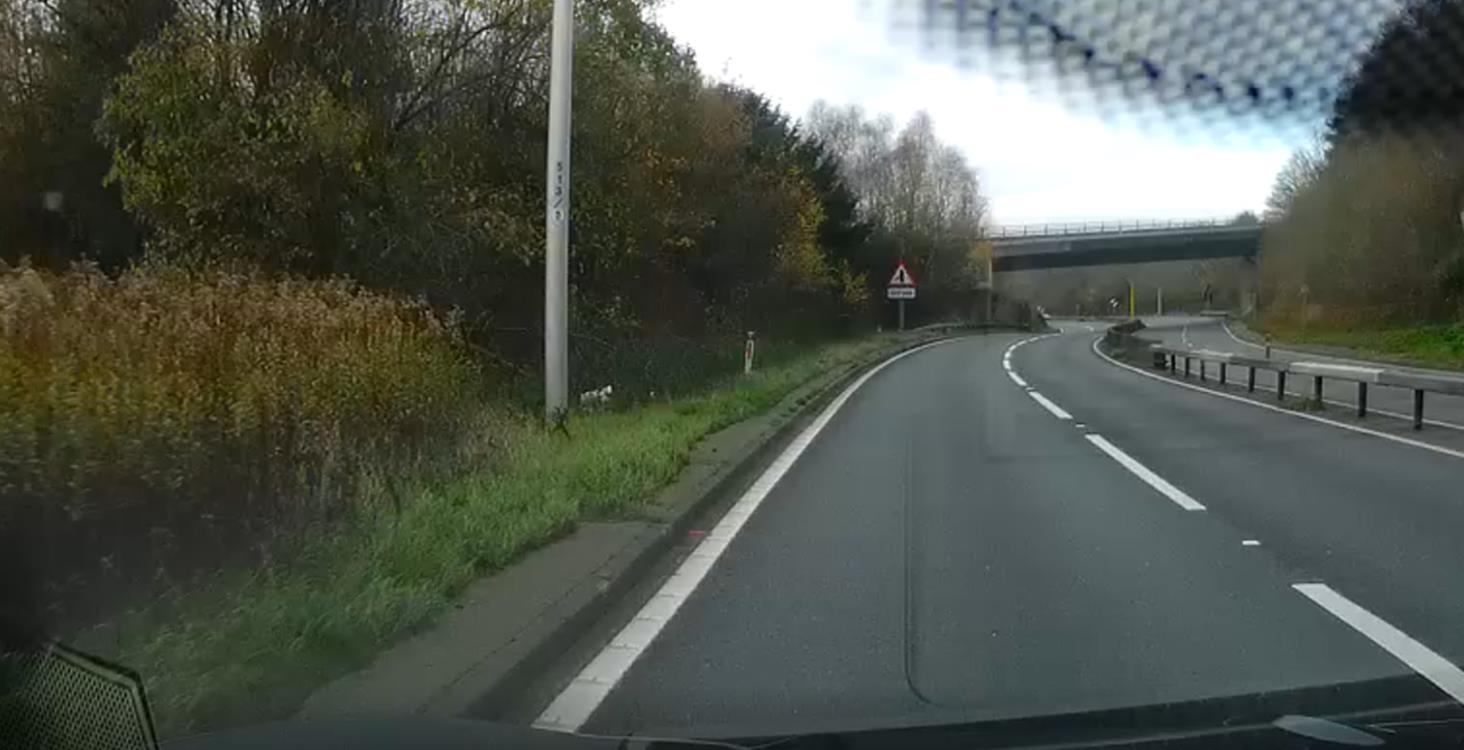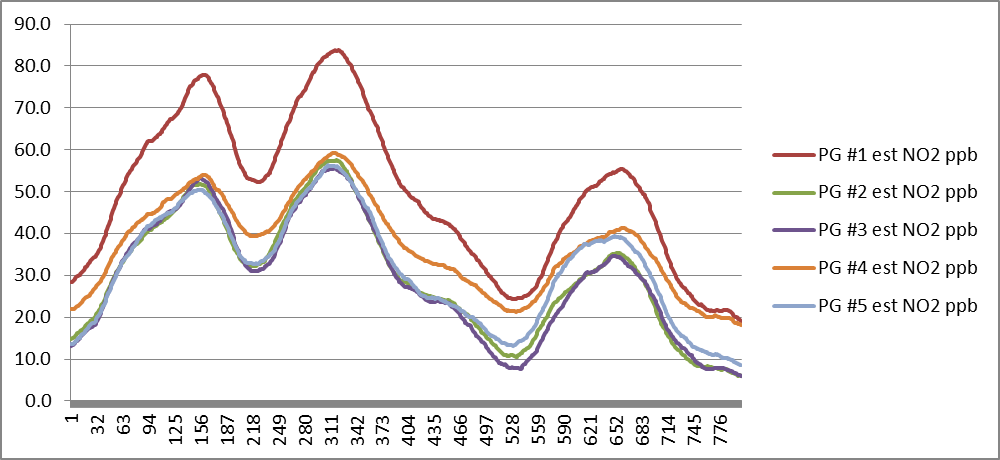Much has been made over the reduction in air pollution in 2020 during the Coronavirus pandemic. Certainly, the first period of lockdown saw much reduced commuting activity as people were asked to stay at home or work from home and it was certainly my perception that the volume of traffic was less outside of the main commuting times.

Deserted A3 carriageway near Guildford
However, this description and picture above are not accurate descriptions of 2020. Driving around West and South West London in August showed that there was indeed plenty of traffic and plenty of air pollution around.

Busy Great West Road in West London in August 2020
As this blog is motivated by our Pollution Guardian project, you might be interested to see what we observed on the route around West London. Below, some estimates of the Nitrogen Dioxide gas concentration taken en-route from inside the test vehicle over a 10-15 minute period.

Pollution Guardian prototype NO2 gas level estimates (ppb) against time (s)
Note that whilst the Pollution Guardian prototyping work is still ongoing, the absolute numbers in the graph above were our estimates based on the individual prototype sensor outputs and algorithms at the time. They are however valid to look at as a high quality, lab grade, NO2 gas analyser on board our vehicle, also reported similar or higher gas concentration figures over the same time period.
What does this all tell us?
- Despite the pandemic, traffic and pollution levels over the summer period in city/urban areas were not so much below the “business as usual” levels.
- Indeed, the BBC reports that even in the midst of the January 2021 lockdown, motor vehicle traffic is already at 50% of normal levels.
- This suggests traffic and its associated air pollution will be returning to normal in 2021 when the lockdown eases.
- Air pollution levels can vary a lot from lower to higher levels of concern over relatively short distances i.e. hotspots are discrete spots.
- The Pollution Guardian looks capable of following these fast changes in air quality and can be a useful tool to bring awareness and raise alerts on worsening conditions.
